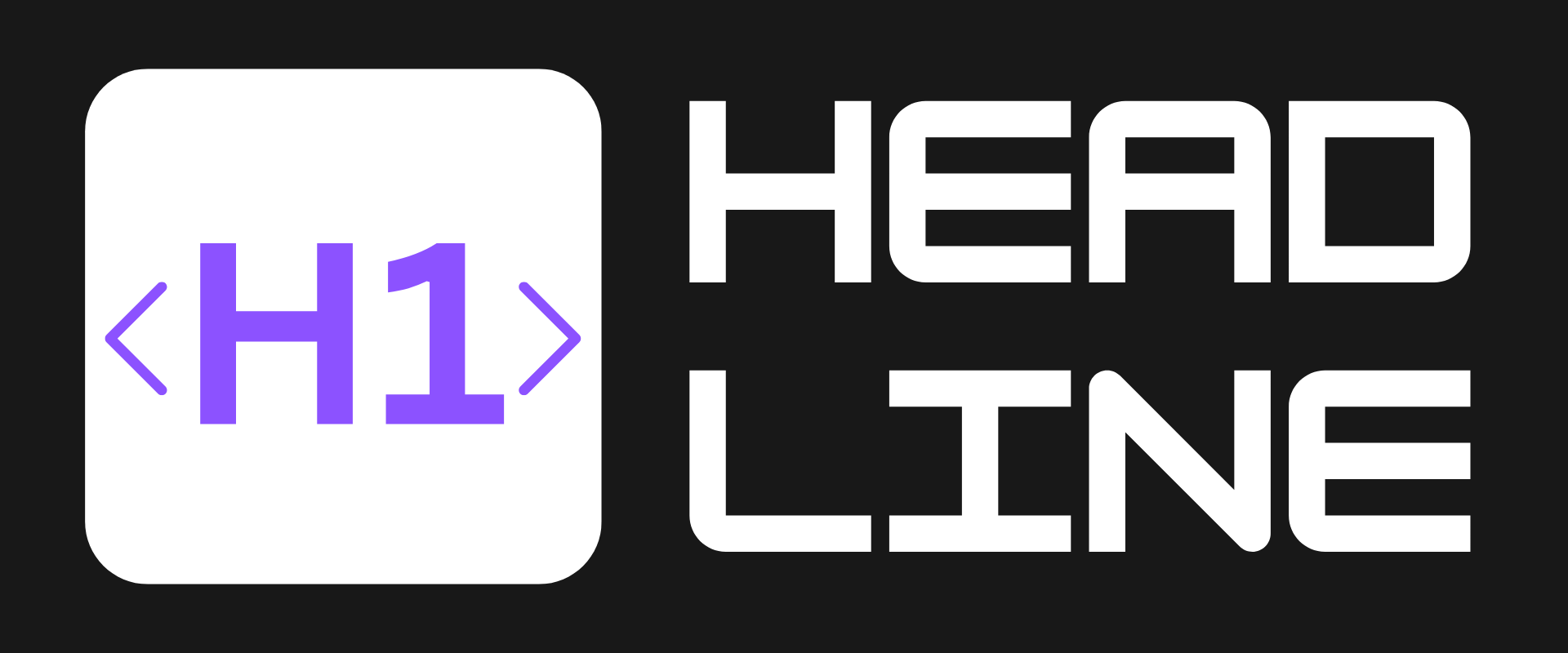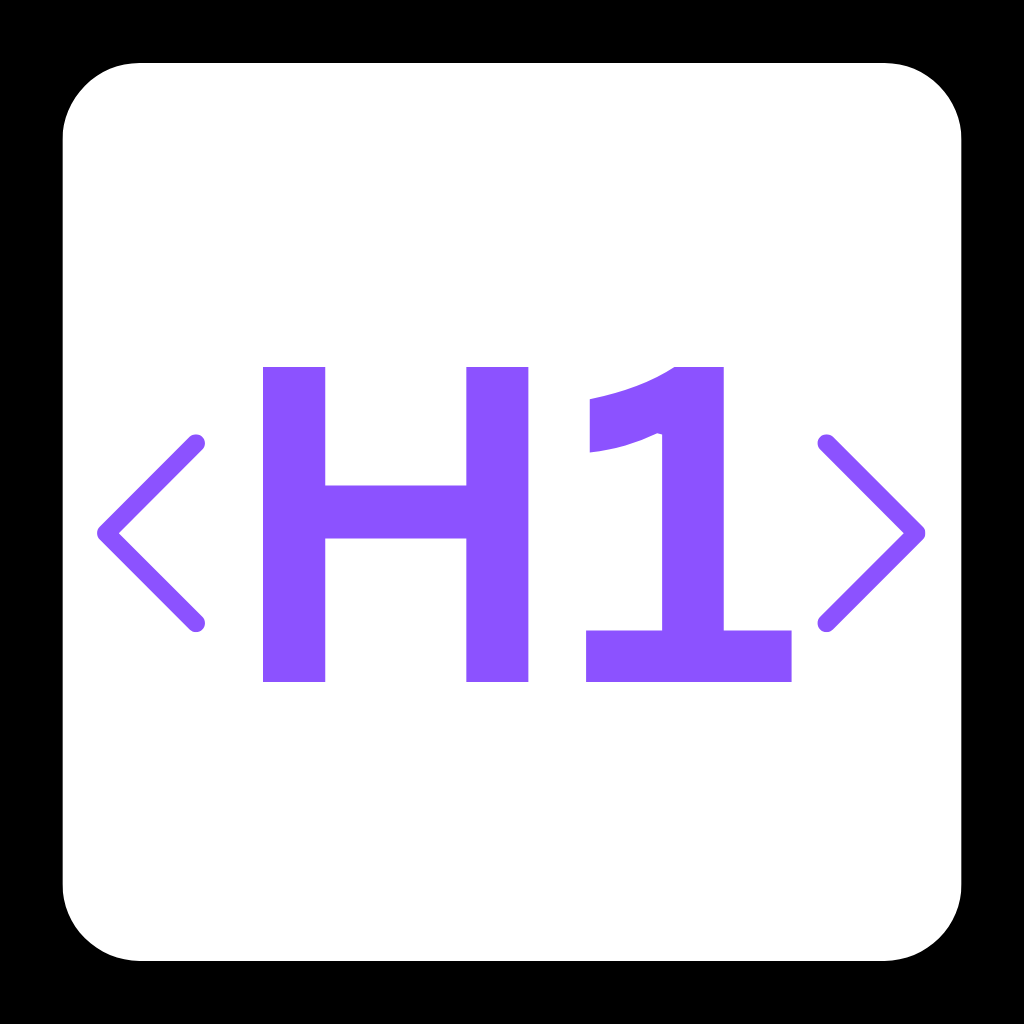Is AI the Future of Justice—Or Its Downfall?

When an AI forgave a killer in court, it sparked a legal earthquake. Last week, a Phoenix courtroom witnessed history: an AI-generated video of a murder victim, Christopher Pelkey, forgiving his killer during a sentencing hearing. The judge praised the video and handed down a harsher sentence than prosecutors requested—prompting an immediate appeal. This case is just the tip of the iceberg. From VR crime scene recreations to AI avatars arguing cases, courts are scrambling to adapt. But can justice survive the AI revolution? Let’s dive in.
⚖️ The AI Invasion: Three Courtroom Shakeups
- The Phoenix Forgiveness: Pelkey’s family used an AI video to deliver posthumous testimony—a U.S. legal first. The emotional impact led to a 10.5-year sentence (the maximum for manslaughter in Arizona).
- Florida’s VR Verdict: A judge used a virtual reality headset to view a crime scene from a defendant’s perspective but still rejected his self-defense claim.
- New York’s Avatar Attorney: A pro se litigant deployed an AI-generated avatar to argue his case via video—but judges saw through the ruse in seconds.
Underlying Issue: Courts lack clear rules for AI’s persuasive power. Emotional AI content (like Pelkey’s video) risks swaying verdicts beyond factual evidence.
✅ The Fixes: Courts Race to Regulate AI
- Arizona’s AI Task Force ✅ The state Supreme Court formed a committee to research AI best practices, focusing on evidence admissibility and ethical guidelines.
- Florida’s VR Precedent ✅ While the judge ruled against the defendant, the use of VR set a template for immersive evidence—if properly validated.
- Federal Guidelines in Progress ✅ The U.S. Judicial Conference is reportedly drafting national standards for AI-generated content in trials.
Feasibility Check: These efforts face a ticking clock. AI tools are evolving faster than regulations, and inconsistent state rules could create judicial chaos.

🚧 Three Roadblocks to AI Justice
- 🚨 The Appeal Problem: Defense attorney Jason Lamm argues the Phoenix judge’s reliance on AI testimony was “prejudicial theater,” not evidence—a likely focus of the appeal.
- 🚨 The Manipulation Risk: AI can generate hyper-realistic scenarios. A Florida defense lawyer warns: “VR recreations might show what the defendant saw—or what the prosecutor wants the judge to see.”
- 🚨 The Access Gap: While Pelkey’s family paid for custom AI, low-income defendants may resort to error-prone free tools, worsening inequities.
🚀 Final Verdict: Can Courts Tame AI?
Success hinges on three factors:
- 📈 Speed: Regulations must outpace AI’s evolution.
- 🎭 Transparency: Mandate disclosure when AI generates evidence.
- ⚖️ Fairness: Ensure AI tools don’t favor wealthy litigants.
What do YOU think: Should AI have a role in justice?
Let us know on X (Former Twitter)
Sources: ABC News. From AI avatars to virtual reality crime scenes, courts are grappling with AI in the justice system, May 9, 2024. https://abcnews.go.com/Technology/wireStory/ai-avatars-virtual-reality-crime-scenes-courts-grappling-121645683










